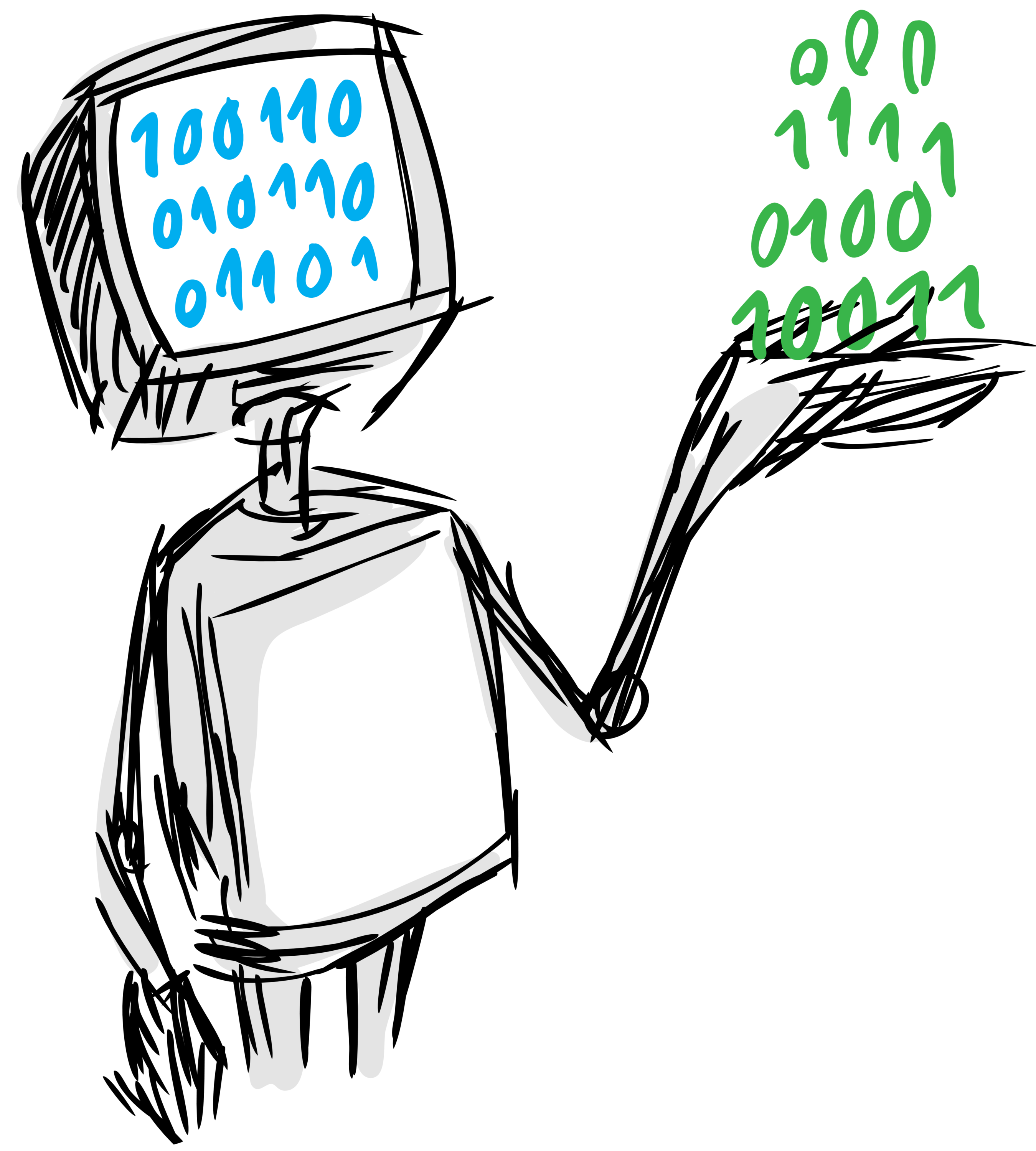
A simple, extensible backend for developing auto-tuning systems.
- License: MIT
- Development Status: Pre-Alpha
- Documentation: https://HDI-Project.github.io/BTB
- Homepage: https://github.com/HDI-Project/BTB
BTB ("Bayesian Tuning and Bandits") is a simple, extensible backend for developing auto-tuning systems such as AutoML systems. It provides an easy-to-use interface for tuning models and selecting between models.
It is currently being used in several AutoML systems:
- ATM, a distributed, multi-tenant AutoML system for classifier tuning
- MIT's system for the DARPA Data-driven discovery of models (D3M) program
- AutoBazaar, a flexible, general-purpose AutoML system
If you want to quickly discover BTB, simply click the button below and follow the tutorials!
BTB has been developed and tested on Python 3.5, 3.6 and 3.7
Also, although it is not strictly required, the usage of a virtualenv is highly recommended in order to avoid interfering with other software installed in the system where BTB is run.
The easiest and recommended way to install BTB is using pip:
pip install baytuneThis will pull and install the latest stable release from PyPi.
If you want to install from source or contribute to the project please read the Contributing Guide.
In this short tutorial we will guide you through the necessary steps to get started using BTB
to select between models and tune a model to solve a Machine Learning problem.
In particular, in this example we will be using BTBSession to perform solve the Wine classification problem
by selecting between the DecisionTreeClassifier and the SGDClassifier models from
scikit-learn while also searching for their best hyperparameter
configuration.
The first step in order to use the BTBSession class is to develop a scoring function.
This is a Python function that, given a model name and a hyperparameter configuration,
evaluates the performance of the model on your data and returns a score.
from sklearn.datasets import load_wine
from sklearn.linear_model import SGDClassifier
from sklearn.metrics import f1_score, make_scorer
from sklearn.model_selection import cross_val_score
from sklearn.tree import DecisionTreeClassifier
dataset = load_wine()
models = {
'DTC': DecisionTreeClassifier,
'SGDC': SGDClassifier,
}
def scoring_function(model_name, hyperparameter_values):
model_class = models[model_name]
model_instance = model_class(**hyperparameter_values)
scores = cross_val_score(
estimator=model_instance,
X=dataset.data,
y=dataset.target,
scoring=make_scorer(f1_score, average='macro')
)
return scores.mean()The second step is to define the hyperparameters that we want to tune for each model as
Tunables.
from btb.tuning import Tunable
from btb.tuning import hyperparams as hp
tunables = {
'DTC': Tunable({
'max_depth': hp.IntHyperParam(min=3, max=200),
'min_samples_split': hp.FloatHyperParam(min=0.01, max=1)
}),
'SGDC': Tunable({
'max_iter': hp.IntHyperParam(min=1, max=5000, default=1000),
'tol': hp.FloatHyperParam(min=1e-3, max=1, default=1e-3),
})
}Once you have defined a scoring function and the tunable hyperparameters specification of your
models, you can start the searching for the best model and hyperparameter configuration by using
the btb.BTBSession.
All you need to do is create an instance passing the tunable hyperparameters scpecification
and the scoring function.
from btb import BTBSession
session = BTBSession(
tunables=tunables,
scorer=scoring_function
)And then call the run method indicating how many tunable iterations you want the BTBSession to
perform:
best_proposal = session.run(20)The result will be a dictionary indicating the name of the best model that could be found
and the hyperparameter configuration that was used:
{
'id': '826aedc2eff31635444e8104f0f3da43',
'name': 'DTC',
'config': {
'max_depth': 21,
'min_samples_split': 0.044010284821858835
},
'score': 0.907229308339589
}
We have a comprehensive benchmarking framework
that we use to evaluate the performance of our Tuners. For every release, we perform benchmarking
against 100's of challenges, comparing tuners against each other in terms of number of wins.
We present the latest leaderboard from latest release below:
| tuner | with ties | without ties |
|---|---|---|
Ax.optimize |
237 | 39 |
BTB.GPEiTuner |
233 | 19 |
BTB.GPTuner |
235 | 25 |
BTB.UniformTuner |
197 | 2 |
HyperOpt.tpe |
206 | 11 |
SMAC.HB4AC |
192 | 1 |
SMAC.SMAC4HPO_EI |
241 | 36 |
SMAC.SMAC4HPO_LCB |
222 | 17 |
SMAC.SMAC4HPO_PI |
241 | 37 |
- Detailed results from which this summary emerged are available here.
- If you want to compare your own tuner, follow the steps in our benchmarking framework here.
- If you have a proposal for tuner that we should include in our benchmarking get in touch with us at [email protected].
- To just
tunehyperparameters- see ourtuningtutorial here and documentation here. - To see the types of
hyperparameterswe support see our documentation here. - You can read about our benchmarking framework here.
- See our tutorial on
selectionhere and documentation here.
For more details about BTB and all its possibilities and features, please check the project documentation site!
Also do not forget to have a look at the notebook tutorials.
If you use BTB, please consider citing the following paper:
@article{smith2019mlbazaar,
author = {Smith, Micah J. and Sala, Carles and Kanter, James Max and Veeramachaneni, Kalyan},
title = {The Machine Learning Bazaar: Harnessing the ML Ecosystem for Effective System Development},
journal = {arXiv e-prints},
year = {2019},
eid = {arXiv:1905.08942},
pages = {arxiv:1904.09535},
archivePrefix = {arXiv},
eprint = {1905.08942},
}


